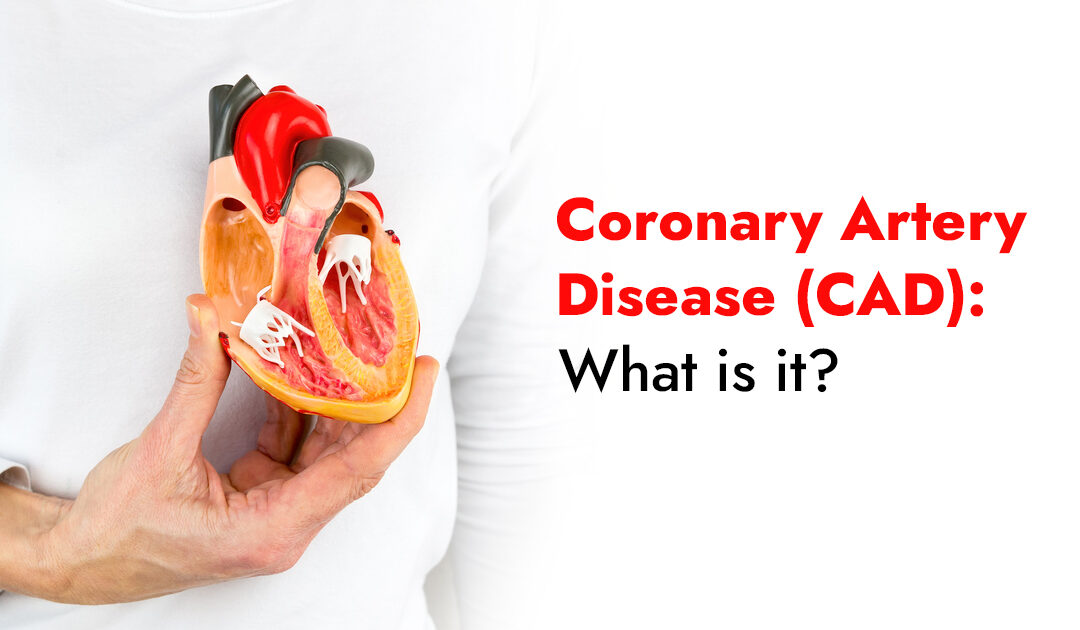Coronary artery disease is a prevalent heart problem. The primary blood vessels that supply the heart (coronary arteries) struggle to provide sufficient blood, oxygen, and nutrients to the heart muscle. If you have coronary artery disease, decreased blood flow to the heart can cause angina and shortness of breath. A total obstruction of blood flow can result in a heart attack.
What are some symptoms to look out for?
Symptoms may go unnoticed at first, or they may only appear when the heart is pumping fast, such as during exercise. As the coronary arteries constrict, less blood is delivered to the heart, and symptoms may worsen or become more frequent. Some symptoms are:
- Shortness of breath: You may feel as if you are running out of air.
- Fatigue: If your heart is unable to pump enough blood to fulfill your body’s demands, you may feel particularly weary.
- Chest Pain: You may feel pressure or tightness in your chest. Chest pain commonly strikes on the middle or left side of the chest. Angina can be triggered by physical activity or emotions. Typically, the pain subsides within minutes of the triggering event. In some people, particularly women, the pain may be transient or severe, originating in the neck, arm, or back.
- Heart Attack: mHeart attack occurs when a coronary artery is fully stopped. A heart attack is characterized by crushing chest pain or pressure, shoulder or arm pain, shortness of breath, and perspiration. Women may experience non-typical symptoms such as neck or jaw pain, nausea, and exhaustion. Some heart attacks do not produce any visible indications or symptoms.
Coronary artery disease develops when lipids, cholesterol, and other chemicals build up on the inner walls of the heart arteries. This condition is referred to as atherosclerosis. The buildup is referred to as plaque. Plaque can cause arteries to constrict and restrict blood flow. The plaque can also rupture, resulting in a blood clot.
Besides high cholesterol, damage to the coronary arteries can be caused by:
- Diabetes or insulin resistance
- High blood pressure
- Insufficient exercise
- Smoking or using tobacco
Coronary artery disease generally progresses over time. Symptoms may go unrecognized until a major blockage causes complications or a heart attack. A heart-healthy lifestyle can help avoid coronary artery disease.

